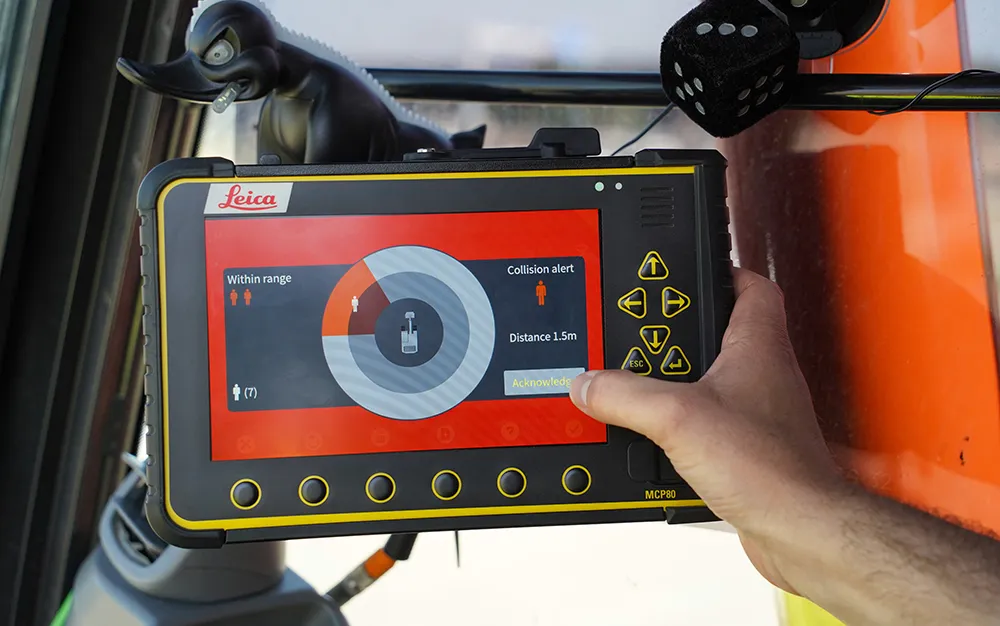The US city of Kingman, on the iconic trans-American Route 66, has chosen the Opticom GPS pre-emption traffic solution from Global Traffic Technologies.
The system from GTT works alongside intersection controllers to ensure emergency vehicles move through intersections rapidly and safely.
The Opticom solution includes a GPS component for location and wireless communications between authorised vehicles and the intersections which they approach. When an emergency vehicle on call needs to navigate an int
January 31, 2017
Read time: 2 mins
The US city of Kingman, on the iconic trans-American Route 66, has chosen the Opticom GPS pre-emption traffic solution from 5306 Global Traffic Technologies.
The system from GTT works alongside intersection controllers to ensure emergency vehicles move through intersections rapidly and safely.
The Opticom solution includes a GPS component for location and wireless communications between authorised vehicles and the intersections which they approach. When an emergency vehicle on call needs to navigate an intersection, a request is sent to the intersection's controller ahead of its arrival, turning the light green and clearing a path to enable the vehicle's safe passage.
Kingman is located in the state of Arizona. The Kingman section of the historic 4,000km Route 66 is one of the longest remaining preserved stretches of old U.S. Route 66 that was built in 1926. GTT president Doug Roberts said the system will help to improve response times and reduce the risk of intersection crashes in the city of nearly 29,000 people and close to the Grand Canyon.
GTT was set up in 2007 and is headquartered in St. Paul, Minnesota. It was formed from 3M's Intelligent Transportation Systems' business and also manufactures CanogaT traffic-sensing systems.
The system from GTT works alongside intersection controllers to ensure emergency vehicles move through intersections rapidly and safely.
The Opticom solution includes a GPS component for location and wireless communications between authorised vehicles and the intersections which they approach. When an emergency vehicle on call needs to navigate an intersection, a request is sent to the intersection's controller ahead of its arrival, turning the light green and clearing a path to enable the vehicle's safe passage.
Kingman is located in the state of Arizona. The Kingman section of the historic 4,000km Route 66 is one of the longest remaining preserved stretches of old U.S. Route 66 that was built in 1926. GTT president Doug Roberts said the system will help to improve response times and reduce the risk of intersection crashes in the city of nearly 29,000 people and close to the Grand Canyon.
GTT was set up in 2007 and is headquartered in St. Paul, Minnesota. It was formed from 3M's Intelligent Transportation Systems' business and also manufactures CanogaT traffic-sensing systems.








